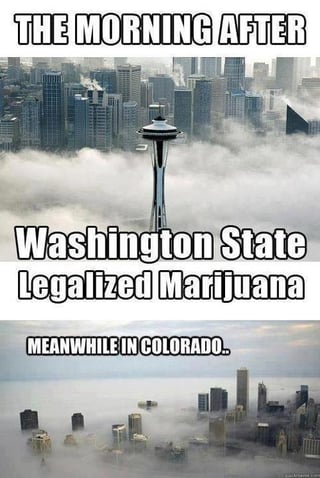 To succeed in commercial real estate sales and/or commercial real estate finance (CREF), you need to know the lingo. Here's a new one for you - adaptive re-use. Here's what Wikipedia has to say on the subject:
To succeed in commercial real estate sales and/or commercial real estate finance (CREF), you need to know the lingo. Here's a new one for you - adaptive re-use. Here's what Wikipedia has to say on the subject:
Adaptive reuse refers to the process of reusing an old site or building for a purpose other than which it was built or designed for. Here's another definition that I stole from a fine article on the subject:

Adaptive reuse, or adaptive re-use architecture, is the process of re-purposing buildings — old buildings that have outlived their original purposes — for different uses or functions while at the same time retaining their historic features... A closed school may be converted into condominiums. An old factory may become a museum... A rundown church finds new life as a restaurant — or a restaurant may become a church.

Adaptive Reuse is a way to save a neglected building that might otherwise be demolished. The practice can also benefit the environment by conserving natural resources and minimizing the need for new materials.

A buddy of mine owns a mortgage REIT and proudly announced recently the closing of a $4.6 million bridge loan to convert a former K-Mart building to a self-storage facility in Indianapolis. This is a good example of an adaptive re-use.
I sent my buddy an email congratulating him on the closing and his use of the interesting term, adaptive re-use. "Hey Bill, helluva term, adaptive re-use!" He replied, "Yeah. Buy a vacant K-Mart for $40 per square foot. Fill it with self storage racks. Sell it for $100 per foot."

By the way, a magazine advertisement or big email blast boasting of a nice commercial loan closing is called a tombstone. Tombstones are an unusually effective manner to advertise for new commercial loans. Seriously guys, you should blast out a tombstone every time you close a commercial loan. They really produce results.

You should always pay attention when other commercial lenders blast out tombstones too. Tombstones reveal the areas of comfort and preference for the lender. Commercial lenders tend to carve out niches. For example, my hard money shop, Blackburne & Sons, is getting more and more comfortable making commercial loans on cannabis facilities. We're doing four cannabis deals this month.

My wife and I just got back from a short cruise to Cuba. What a poorly-run country! Under the communists, the average citizen makes just $50 per month. Fifty dollars! Havana was filled with beautiful, French colonial homes... that haven't seen a penny of repair since 1959. The masonry walls were literally crumbling. The Cuban people, though, were pretty warm and friendly towards Americans, and we as tourists felt very safe.
Trump and the Republican Party want the Cuban votes in South Florida, so President Trump just reversed many of President Obama's executive orders designed to improve relations and to open trade with Cuba. The Cubans of South Florida want their country back, so they want to keep the pressure on the communists. Its hard to argue with the proposition that the communists have grossly mismanaged the country.










 You will recall that a fix and flip loan is a loan used to acquire a run-down home and to renovate it in anticipation of a quick sale. When a fix and flip lender orders the appraisal, he will ask the appraiser for two values - the current "as is" value of the property and the after repair value ("ARV").
You will recall that a fix and flip loan is a loan used to acquire a run-down home and to renovate it in anticipation of a quick sale. When a fix and flip lender orders the appraisal, he will ask the appraiser for two values - the current "as is" value of the property and the after repair value ("ARV").






 One of the most important questions asked by fix and flip borrowers is, "How much cash do I have to bring to the closing table?"
One of the most important questions asked by fix and flip borrowers is, "How much cash do I have to bring to the closing table?" 

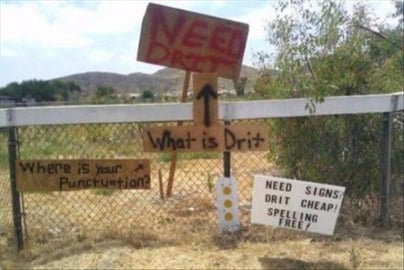



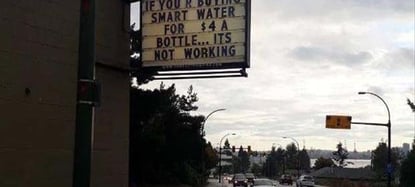



 My son, Tom, and I just returned for the 5th Annual American Association of Private Lenders Conference in Las Vegas. At the conference, fix and flip loans were all the rage. Everyone was talking about them. Several of the break-out sessions were about fix and flip financing. There were even hedge fund managers and Wall Street investment bankers prowling the conference floor in search of hard money shops (private money mortgage brokers) to sell them more fix and flip loans.
My son, Tom, and I just returned for the 5th Annual American Association of Private Lenders Conference in Las Vegas. At the conference, fix and flip loans were all the rage. Everyone was talking about them. Several of the break-out sessions were about fix and flip financing. There were even hedge fund managers and Wall Street investment bankers prowling the conference floor in search of hard money shops (private money mortgage brokers) to sell them more fix and flip loans.



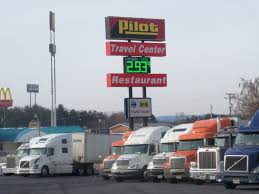 "I applied for an SBA loan but they turned me down." Okaaaay, but what did the second SBA lender say? How about the third? Today's article is pretty long, so if you don't get to the end, please remember this important lesson:
"I applied for an SBA loan but they turned me down." Okaaaay, but what did the second SBA lender say? How about the third? Today's article is pretty long, so if you don't get to the end, please remember this important lesson:









 Have you guys ever heard of a smartphone app called TuneIn.com? I stumbled across the app recently, and I am enjoying it so much that I thought I'd share it with you. I am not getting paid for this article, ha-ha. I am simply sharing my wonderful experience with TuneIn.com because you guys are my buddies. I teach my loan officers to write to their contacts, not as some stuffy, boring "professional", but rather as if they were buddies sharing a beer at the end of the day - so pop open a brew and prepare to be wowed.
Have you guys ever heard of a smartphone app called TuneIn.com? I stumbled across the app recently, and I am enjoying it so much that I thought I'd share it with you. I am not getting paid for this article, ha-ha. I am simply sharing my wonderful experience with TuneIn.com because you guys are my buddies. I teach my loan officers to write to their contacts, not as some stuffy, boring "professional", but rather as if they were buddies sharing a beer at the end of the day - so pop open a brew and prepare to be wowed.








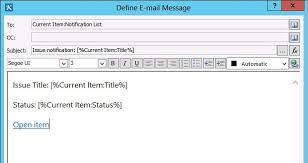 Let's suppose that you hear that Rick Savoy is working as a commercial real estate loan officer at Mason Bank, and he is closing a lot of commercial loans. The problem is that you don't know his email address, and he seems a little weird about giving it out to some new commercial mortgage broker. Bankers tend to hate unsolicited email and hence his reluctance.
Let's suppose that you hear that Rick Savoy is working as a commercial real estate loan officer at Mason Bank, and he is closing a lot of commercial loans. The problem is that you don't know his email address, and he seems a little weird about giving it out to some new commercial mortgage broker. Bankers tend to hate unsolicited email and hence his reluctance.







 Once upon a time, Steve Coach owned a large bus line company, Coach's Coaches. His company owned 1,200 semi-luxury coaches that they hired out for various tours and sporting events. Business was good for many years, but a series of unfortunate decisions left the bus line deeply in debt and with only 300 buses fit for use. Steve had no choice but to put his 30-year-old company into Chapter 11 Bankruptcy.
Once upon a time, Steve Coach owned a large bus line company, Coach's Coaches. His company owned 1,200 semi-luxury coaches that they hired out for various tours and sporting events. Business was good for many years, but a series of unfortunate decisions left the bus line deeply in debt and with only 300 buses fit for use. Steve had no choice but to put his 30-year-old company into Chapter 11 Bankruptcy.








 First of all, let's get our terminology correct. A commercial broker is NOT a commercial loan broker. A
First of all, let's get our terminology correct. A commercial broker is NOT a commercial loan broker. A 

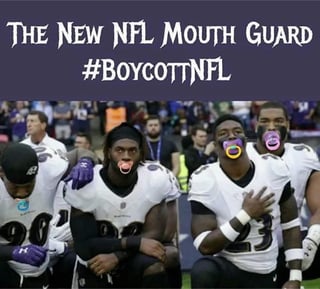


 My hard money commercial mortgage company, Blackburne & Sons, was considering a nice hard money commercial loan on a cannabis growing facility in Washington State, where properly licensed facilities are now legally allow to grow it and sell pot for recreational use.
My hard money commercial mortgage company, Blackburne & Sons, was considering a nice hard money commercial loan on a cannabis growing facility in Washington State, where properly licensed facilities are now legally allow to grow it and sell pot for recreational use.

